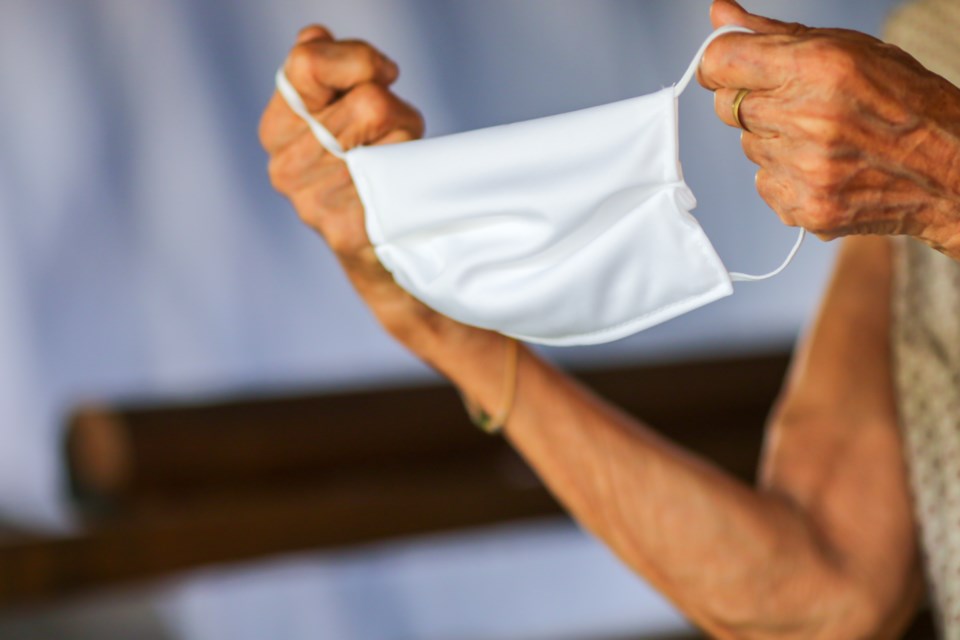Added precautions are in place for residents and staff at York Region long-term care homes when modified stage 2 restrictions are effective Monday, Oct. 19.
Essential visitors, including caregivers, are the only visitors allowed.
Effective Monday, Oct. 19 at 12:01 a.m. until further notice, short-term and temporary absences for social or personal reasons will not be allowed. Only absences for medical or compassionate reasons will be allowed.
A complete list of homes affected is available online.
The province will update the list as the areas with higher community spread change. People planning a visit to a long-term care home are advised to contact the home in advance, to make sure the home is free of outbreaks and to get information on the home's visitor policy and any restrictions.
Caregivers are essential visitors who provide direct care to residents, such as helping with feeding, mobility, hygiene or cognitive stimulation. They can be family members or friends, privately hired caregivers, paid companions and/or translators.
Each resident and/or their substitute decision-maker may designate a maximum of two caregivers. However, only one caregiver at a time may visit a home in an area with higher community spread.
All visitors to long-term care homes are required to follow public health measures, including active screening, physical distancing, hand hygiene, masking for source control) during their visits. Caregivers must also attest to having a negative COVID-19 test within the previous 14 days, without a subsequent positive test.
All visitors must wear surgical/procedure masks inside long-term care homes. Essential visitors are also required to wear additional personal protective equipment for interactions with residents who are self-isolating, suspected or confirmed to have COVID-19.



